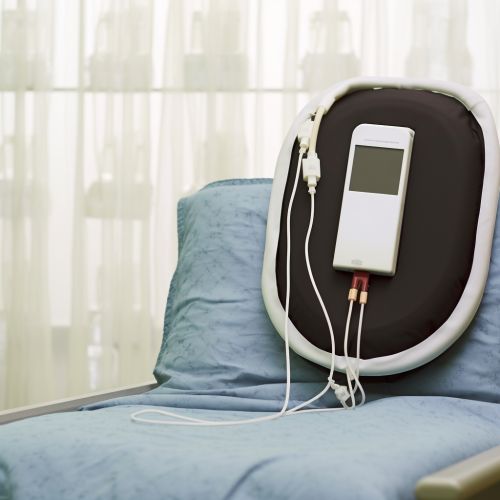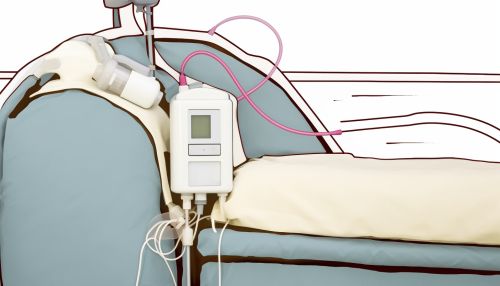Peritoneal dialysis
Overview
Peritoneal dialysis is a treatment for kidney failure that uses the lining of your abdomen, or belly, to filter your blood inside your body. It is one of the two main types of dialysis, the other being hemodialysis. This article will delve into the details of peritoneal dialysis, its types, the procedure, its advantages and disadvantages, and more.


Types of Peritoneal Dialysis
There are two types of peritoneal dialysis: Continuous Ambulatory Peritoneal Dialysis (CAPD) and Automated Peritoneal Dialysis (APD).
Continuous Ambulatory Peritoneal Dialysis (CAPD)
CAPD is the most common type of peritoneal dialysis. It requires no machine and can be done in any clean, well-lit place. The patient fills their abdomen with a dialysis solution that absorbs waste products and excess fluids. After a few hours, the patient drains the solution and refills with fresh solution to begin the process again.
Automated Peritoneal Dialysis (APD)
APD, also known as Continuous Cycling Peritoneal Dialysis (CCPD), uses a machine called a cycler to fill and empty the abdomen three to five times during the night while the patient sleeps. During the day, the patient is free from the machine but may need to connect to it for one or more exchanges.
Procedure
The peritoneal dialysis procedure involves a few steps. First, a small, soft tube called a catheter is inserted into the abdomen. This catheter stays in the patient permanently. The dialysis solution travels through this catheter into the abdomen. After a few hours, the dialysis solution, along with waste products and excess fluids, is drained from the abdomen through the catheter. This process is called an exchange.
Advantages and Disadvantages
Peritoneal dialysis has several advantages over hemodialysis. It can be done at home and at a time that suits the patient's schedule. It allows for greater flexibility and freedom, as it does not require regular visits to a dialysis center. It also provides continuous therapy, which is more similar to the natural working of the kidneys.
However, peritoneal dialysis also has some disadvantages. It requires the patient to perform the treatment multiple times a day, seven days a week. It also requires a permanent catheter in the abdomen, which can lead to infections. Moreover, it may not be suitable for patients with certain medical conditions, such as those with severe heart or lung disease, or those who have had multiple abdominal surgeries.
Risks and Complications
Like all medical procedures, peritoneal dialysis carries some risks. The most common complications are infections in the abdomen or catheter site, hernias, weight gain, and high blood sugar. Long-term peritoneal dialysis can also cause changes to the peritoneum, making it less effective at filtering blood.
Conclusion
Peritoneal dialysis is a vital treatment for those suffering from kidney failure. While it does have its challenges and risks, it also offers significant advantages, particularly in terms of flexibility and lifestyle. As with any medical treatment, it is important for patients to discuss the options with their healthcare provider to determine the best course of action.
